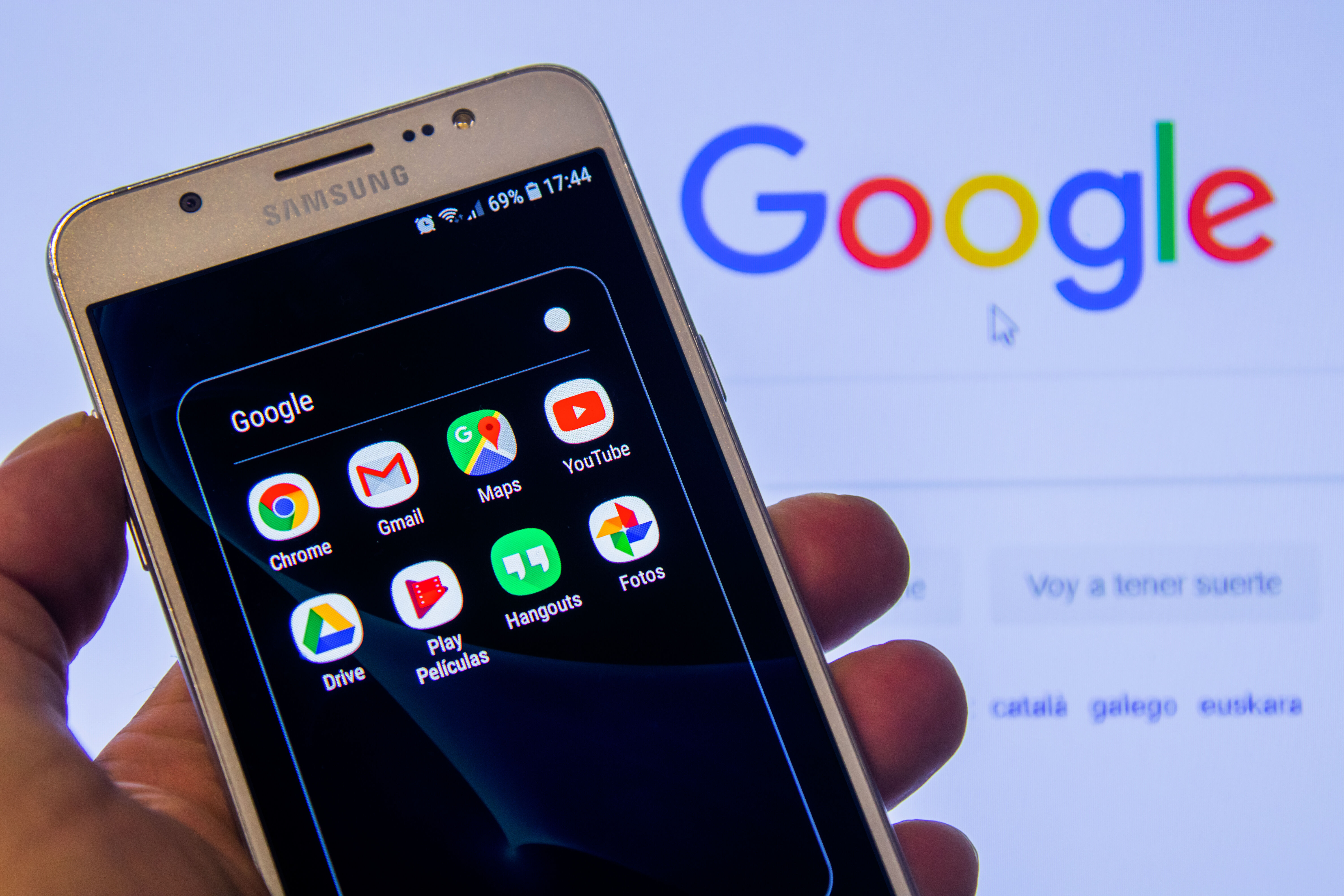When working with Google Ads, choosing the right bidding strategy can mean the difference between campaign success and missed opportunities. And with so many bidding strategies available, choosing the right one can feel like an overwhelming task.
But fear not – we’re here to help. In this blog post, we’ll explore the Google Ads bidding strategies, what makes them unique, and when to use them.
Whether your goal is to maximize clicks, get more conversions, or appear at the top of the search engine results page, we’ve got you covered. We’ll find the perfect strategy to help you achieve your marketing goals.
Manual Cost Per Click

Google Ads Manual Cost Per Click (or Manual CPC) bid strategy offers the ability to set bids at the ad group or keyword level, providing full control over keyword bids and budgets.
It’s an excellent choice for new campaigns, particularly because you can boost brand awareness for specific keywords.
One thing to keep in mind if you choose this strategy is that Manual CPC can be time-consuming. Since Google doesn't automatically adjust your bids, you have to keep an eye on them to stay competitive. This could be considered a drawback, but it’s also a great way to develop a deeper understanding of your market.
Optional Addition for Manual CPC - Enhanced Cost Per Click

Google Ads Enhanced Cost Per Click (or ECPC) bid strategy dynamically adjusts your bids based on Google's assessment of a user's likelihood to convert. This means you maintain control over your initial bids, and benefit from Google's algorithm-driven bid adjustments, which can improve your conversion rates.
You might end up with a higher cost per click (CPC) with ECPC, because Google bids more aggressively on clicks it believes are more likely to result in conversions.
Enhanced Cost Per Click aims to strike a balance between manual control and algorithmic optimization to enhance campaign performance.
It’s a great choice for businesses who want to take advantage of the algorithm, but aren’t quite ready to relinquish full control.
Maximize Clicks

Google Ads Maximize Clicks bid strategy is designed to get the maximum number of clicks possible. It's a good choice for campaigns that already have a strong conversion rate, and want to quickly scale up traffic.
Maximize Clicks may bring in lower-quality clicks compared to other bid strategies, since it’s focused on generating clicks and not conversions. It works best with exact match keywords and is not recommended for campaigns using broad match keywords.
Maximize Clicks lacks the automation to gauge a user's intent to convert, so it may not be the ideal choice for campaigns that require precise targeting based on conversion potential.
Target Impression Share

Google Ads Target Impression Share (or Target IS) bid strategy is a powerful tool for ensuring your ads appear at specific locations on the search engine results page. Choose this strategy if your goal is to be at the top, the very top, or anywhere else on the page.
Target IS doesn't prioritize optimizing for conversions. Its focus is on achieving your desired ad placement.
Target Impression Share works particularly well for brand campaigns in highly competitive markets, where visibility is crucial. Keep in mind that it may take longer to adjust than other bid strategies, so patience is key with this approach.
Maximize Conversions

Google Ads Maximize Conversions bid strategy is a powerful tool for increasing sales and leads, often delivering immediate results. It identifies users who are most likely to convert and automatically bids higher to target and capture those prospects.
Maximize Conversions works well with campaigns with sufficient traffic volume, but isn't the best choice for low-traffic campaigns.
Maximize Conversions works by understanding user behavior, such as their YouTube activities, internet browsing history, blog reading habits, and other Google searches, to optimize ad targeting and maximize conversion opportunities.
Optional Addition for Maximize Conversions – Target CPA

Google Ads Target CPA (Cost-Per-Acquisition) allows you to precisely target how much you're willing to pay for each conversion on your website. It leverages conversion tracking data to make informed bidding decisions, limiting spend on unprofitable clicks.
Target CPA works best with campaigns that have a substantial budget and needs a substantial amount of data to function effectively. It’s not a good choice for campaigns with limited budgets or without sufficient conversion history to inform the bidding algorithm.
Maximize Conversion Value

Google Ads Maximize Conversion Value bid strategy prioritizes obtaining the conversions that are of the highest value, emphasizing quality over quantity.
While it’s great for maximizing the value of each conversion, it may not necessarily bring in the most conversions.
Maximize Conversion Value is not well-suited for campaigns with limited budgets, new accounts, or accounts without substantial conversion data.
It uses historical data to make informed bidding decisions, and won’t perform well in campaigns that don’t have enough data to draw meaningful insights from.
Optional Addition For Maximize Conversion Value – Target ROAS

Target ROAS (Return on Ad Spend) focuses on optimizing your advertising campaigns to achieve a target return on your advertising investment.
Target ROAS has a long learning period, and you may experience fluctuating performance as your campaign adjusts to reach your ROAS goals.
Target ROAS is generally more complex than other bidding strategies and is often favored by experienced eCommerce advertisers who have a deep understanding of their product margins and advertising goals.
In the ever-evolving world of Google Ads, the right bidding strategy is absolutely crucial. Each strategy serves a purpose, each with unique strengths and complexities, and the more you understand them the better your campaigns will perform.
Mastering Google Ads bidding is an ongoing process, and we’re always here to help! Are you ready to optimize your Google Ads campaign? Contact us today and let’s work together to elevate your digital presence.






